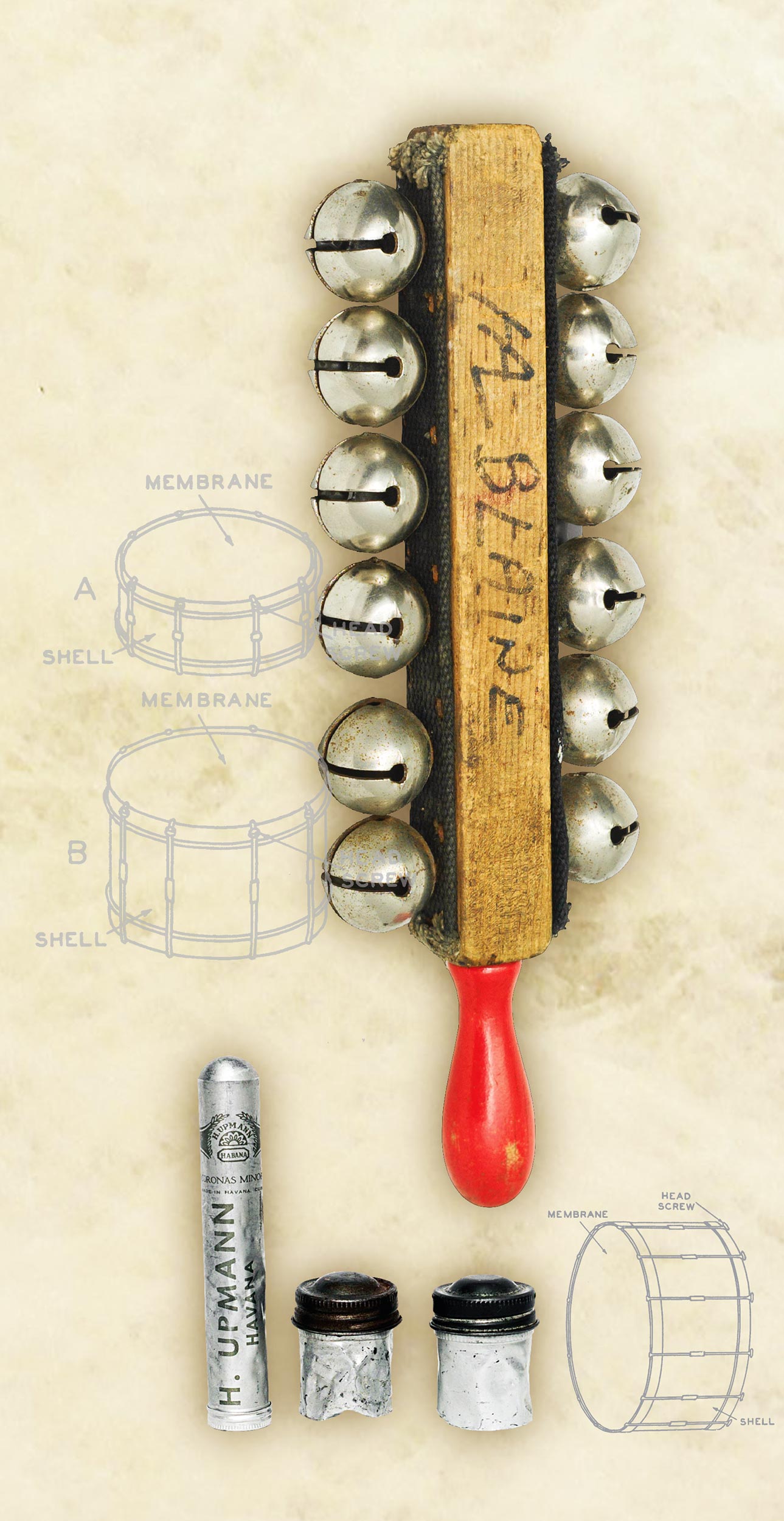Held in high regard by many as the “ultimate analog drum machine,” Elektron’s Analog Rytm has been around since 2014, with the Mark II iteration arriving in 2018. The eight-voice hybrid drum machine has a heavy steel enclosure, angled slightly for desktop use, with a considerable amount of I/O on the backside (including impedance balanced audio outputs and individual outputs for each drum voice). A recent update to the panel graphics in the second half of 2020 saw the original grey enclosure refreshed and aligned with the Digitakt and Digitone boxes (the model sent to us for testing was the original grey MKII, functionally identical to the current black version).
The hardware follows Elektron’s Braun-meets-NASA industrial design aesthetic, which is to say they don’t look and feel like toys; instead, this box would feel at home in the cockpit of the Concorde. The 12 synthetic rubber RGB pads are velocity and aftertouch sensitive. While they feel a bit stiff when compared to the older Akai MPCs (best finger-drumming pads ever, in my opinion), they are much improved over the original (“MKI”) Analog Rytm. I couldn’t find an easy method to adjust the universal velocity curve of the pads, but there are workarounds, such as activating fixed velocity mode or deactivating velocity on a per-pad basis. The pads can be used to play sounds, mute tracks, play sounds chromatically, or trigger performance and effects scenes.
Analog Rytm MKII benefits from the Elektron sequencer paradigm, which is fully implemented here and follows the same tracking and editing schema as other current Elektron hardware. Having spent many hours learning the Octatrack MkII workflow, I felt very much at home live-tracking patterns, then step-editing the sequence with parameter locks and per-track sequenced trig conditions and probabilities. Combining additional sequencing functions like the Fill button and various pattern modes with Scenes and/or Performances (more on that in a bit) allowed for an incredible amount of subtle (or drastic) variation to static patterns, keeping even four-on-the-floor basic beats fresh, fun, and performative.
Sampling directly into the Analog Rytm MKII unlocks an almost infinite layer of potential to the sound design capabilities (sampling is via a pair of balanced 1/4-inch inputs, and the D/A/A/D is 48 kHz, 24-bit, mono). Rytm can treat samples as standalone sounds, which can be edited and assigned to pads for playback, but where it gets interesting is in the layering of the various analog drum sound engines with samples. Factor in the analog compressor and multimode analog resonant filters available, and you have some seriously punchy and full drum sounds available. Of course, every single parameter can be modulated via per-track LFOs, per-step parameter locks, and the aforementioned Scenes and Performance macros. Triggered via the pads, Scenes jump between fixed values you choose, whereas Performances interpolate between locked values via the pressure applied to the pads – or via the Quick Performance Amount encoder, which works a little like the crossfader on the Octatrack. You can lock up to 48 different parameters to a given Performance, and it all adds up to a mind-boggling amount of tweakery available.
The compressor, filter, and distortion on this box all sound incredible, and each track has an analog-style digital delay and reverb bus as well. The delay can be pre- or post-reverb and sounds convincing and deep. The reverb is much better than the Octatrack’s, but is probably my least favorite effect on the Analog Rytm MK II, although I did like it in combination with the delay.
I can say with no hesitation that this is one of the best-sounding and feature-abundant drum machines I’ve played, and it is a lot of fun to use as a performative instrument. However, that statement has to be qualified against the price – there are relatively few combination drum machine/samplers in the current market that are as expensive as the Analog Rytm MK II. At that premium price point, it may not be within every home studio’s budget. However, for folks that are looking for the best damn drum machine in the world, and aren’t going to let sticker shock deter them, look no further.




_disp_horizontal_bw.jpg)